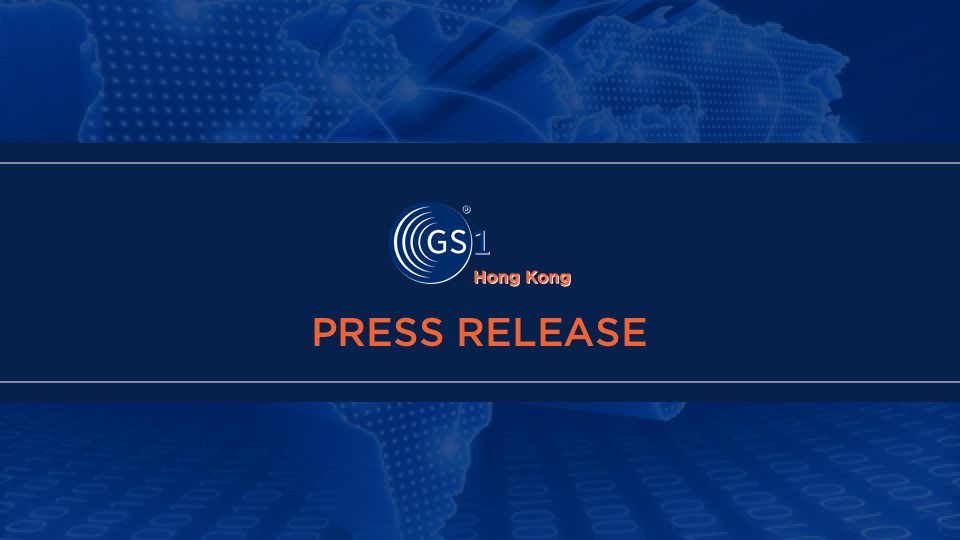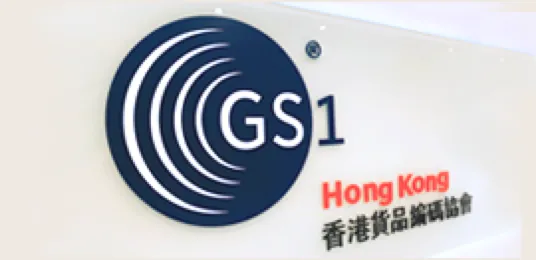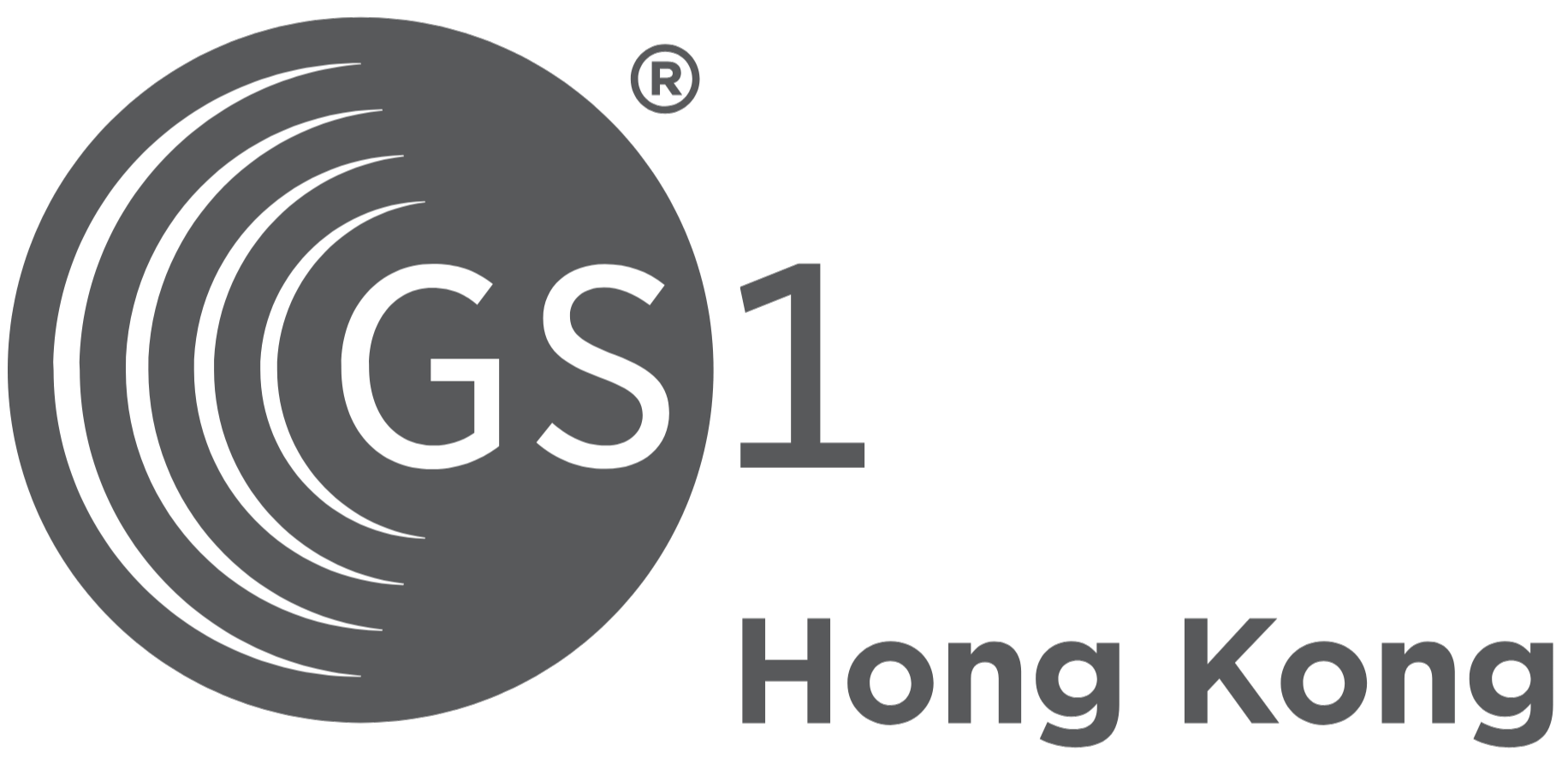Marsh Holds Place of Honor in History of GS1 Barcode

Hong Kong, June 26, 2014 – From warehouse loading docks to small retail shops, workers engaged in the global supply chain and shoppers worldwide will hear the familiar beep of the GS1 barcode as many as 5 billion times today. It's likely, though, that none of them will realize that each of those beeps marks a historic milestone in the life of the first tracking and traceability solution in the GS1 System of Standards.
Today is the 40th anniversary of the first product to be scanned with a GS1 barcode (formerly UPC code).
Forty years ago, on June 26, 1974, Sharon Buchanan was the first cashier to scan a GS1 barcode at a Marsh Supermarket in Troy, Ohio (USA) and Clyde Dawson, director of research and development for Marsh became the first person to purchase a product with a price labeled on the package.
That item was a 10-pack of Wrigley's Juicy Fruit gum. It cost 67 cents and its place in history has been preserved at the Smithsonian Institution's National Museum of American History in Washington, D.C. where it is on display for all to see.
“Imagine if there was no barcode,” said Miguel Lopera, President and CEO of GS1, a neutral, global not-for-profit organisation based in Brussels, Belgium with member organisations in more than 110 countries that oversees most of the barcodes used in the world today. “Can you imagine the lines at the checkouts? Can you imagine how frustrated consumers would be? Just imagine what it would be like one day at a hyper market, a supermarket, if one day the scanner didn’t work and checkout clerks had to manually punch in the barcode on every item. From a business perspective, imagine how the barcode enables a little manufacturer in India to sell his product any place in the world because the label can be read in any country in any language.”
“Since its beginnings in the 1930s, Marsh has been on the forefront of change and growth in the supermarket industry,” said Tom O’Boyle, CEO and President of Marsh Supermarkets. “Our store in Ohio was near the NCR scan study and development facility and we worked closely together with them, IBM and Spectra Physics to bring the idea to fruition. It seems quite unbelievable that a single event in Troy, Ohio could launch a technological revolution that touches businesses of all kinds around the world.”
“You think of how many scans are going through the checkout counter every day,” said Tim Smucker, Chairman of the Board of The J.M. Smucker Company and Vice Chairman and Chairman Emeritus of the GS1 Management Board. “It’s in the billions. That touches everybody’s life and improves the value of the shopping experience. I don’t think anything has had a greater impact on facilitating commerce around the world than the barcode.”
Barcodes are the most well known and universally recognized part of the GS1 System of Standards, the most widely used supply chain standards system in the world. The system is based on global standards and solutions to improve the efficiency and visibility of supply and demand chains globally and across sectors and was designed and implemented by GS1. GS1 tracking and tracing solutions allow companies worldwide to uniquely identify their physical things, such as trade items (products and services), assets, logistic units, shipments, physical locations, and logical things like a corporation or a service relationship between provider and recipient.
When this powerful identification system is combined with the GS1 barcode and other solutions in the GS1 System of Standards, companies, including those that compete against each other, are able to make a connection between these physical or logical things and the information the supply chain needs about them. When that connection is made, GS1 has accomplished its goal of creating one world of global commerce.
“This is something that is quite unique to the retail sector,” said Lopera. “And when I look at the future, my dream is that this can happen in many other sectors because we can add a standard, our global standard, to any sector. And everybody, the companies, the communities, the consumer, can benefit from that.”
“The process of bringing communities together and finding shared values and solutions is every bit as important as the solutions themselves,” said Smucker. “And that process is the culture of the GS1 organisation. The process is applied to food because it provides transparency and traceability that enhance food safety and food security. Saving waste in the food industry is tremendously valuable to our company and to the industry in general. Solving the problems that lead to food waste will have a huge benefit for the future of the world and mankind.”
Read more about GS1 40th Anniversary at http://40.gs1.org/
About GS1
GS1 is a neutral, not-for-profit, global organisation that develops and maintains the most widely used supply chain standards system in the world. GS1 standards improve the efficiency, safety, and visibility of supply chains across multiple sectors. With local Member Organisations in over 110 countries, GS1 engages with communities of trading partners, industry organisations, governments, and technology providers to understand and respond to their business needs through the adoption and implementation of global standards. GS1 is driven by over a million user companies, which execute more than six billion transactions daily in 150 countries using GS1 standards. For more information, visit www.gs1.org.

(852) 2863-9763
media@gs1hk.org

